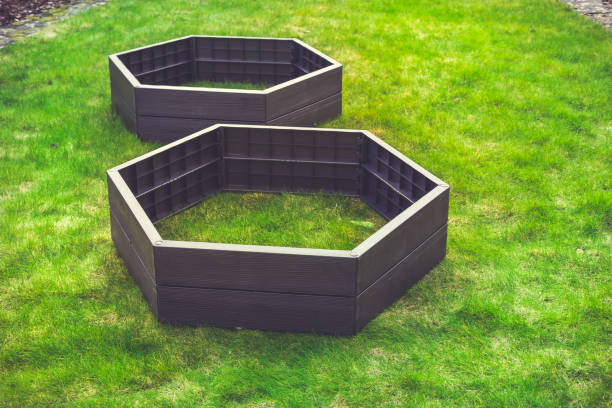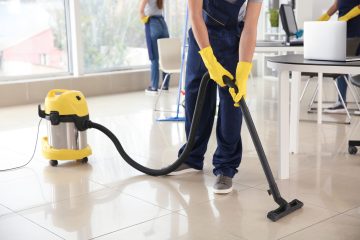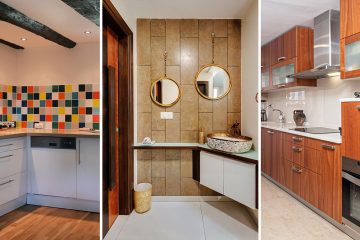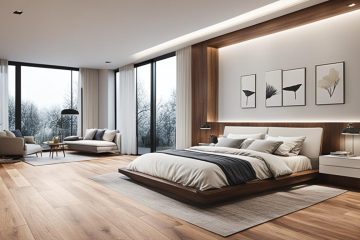What to put on bottom of raised garden bed

Introduction
Raised garden beds are a popular choice for gardening enthusiasts, offering improved soil drainage, better control over soil composition, and ease of access. However, determining what to put on the bottom of your raised garden bed is a crucial consideration to ensure optimal plant growth. In this guide, we’ll explore various materials and their benefits to help you make an informed decision.
1. Landscape Fabric
Landscape fabric is a breathable and permeable material that allows water to drain while preventing weeds from growing.
Pros:
Weed suppression: Landscape fabric acts as a barrier, preventing weeds from infiltrating your raised bed.
Water drainage: The fabric allows water to pass through, ensuring proper drainage.
Soil protection: It helps prevent soil erosion, especially in elevated beds.
Cons:
Decomposition: Over time, landscape fabric may break down, necessitating replacement.
Limited nutrients: While it protects against weeds, it may also limit the exchange of nutrients between the soil and the ground.
2. Cardboard or Newspaper
Cardboard or newspaper serves as an eco-friendly and biodegradable option for lining the bottom of your raised garden bed.
Pros:
Weed control: Similar to landscape fabric, cardboard or newspaper can suppress weed growth.
Biodegradable: Over time, these materials break down, contributing organic matter to the soil.
Cost-effective: Cardboard and newspaper are readily available and cost-efficient options.
Cons:
Limited lifespan: Cardboard and newspaper degrade relatively quickly compared to other materials.
May attract pests: Cardboard can attract certain pests during its decomposition process.
3. Gravel or Pea Gravel
Gravel provides excellent drainage, preventing water from accumulating at the bottom of the raised bed.
Pros:
Drainage: Gravel ensures efficient drainage, preventing waterlogged soil.
Aesthetic appeal: Pea gravel adds a decorative element to the bottom of the raised bed.
Deterrent for burrowing pests: The presence of gravel can discourage burrowing pests.
Cons:
Limited nutrient contribution: Gravel does not add organic matter or nutrients to the soil.
Weight: Gravel can make the raised bed heavier, potentially complicating its movement or relocation.
4. Wood Chips or Mulch
Wood chips or mulch contribute organic matter to the soil and aid in moisture retention.
Pros:
Organic matter: As wood chips or mulch decompose, they add organic matter to the soil.
Moisture retention: Mulch helps retain moisture, especially in dry climates.
Weed suppression: Mulch can act as a barrier against weeds.
Cons:
Decomposition: Regular replenishment may be necessary as wood chips break down.
Attraction for pests: Mulch can attract pests like termites or rodents.
Conclusion
Selecting the right material for the bottom of your raised garden bed depends on various factors, including your gardening goals, local climate, and personal preferences. Landscape fabric, cardboard or newspaper, gravel, and wood chips each have their advantages and disadvantages. Consider your specific needs and the characteristics of your chosen material to create an optimal environment for your plants to thrive.







